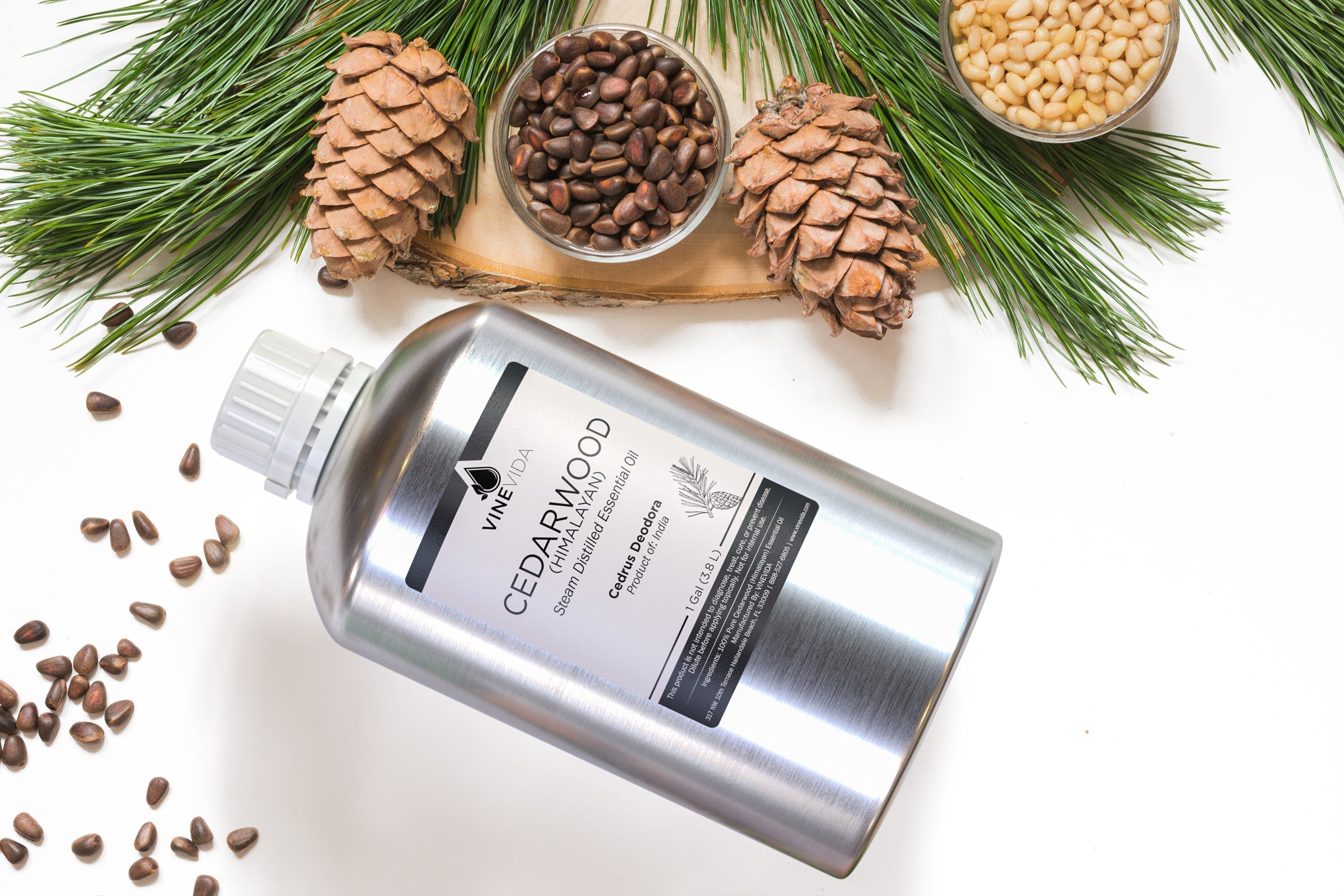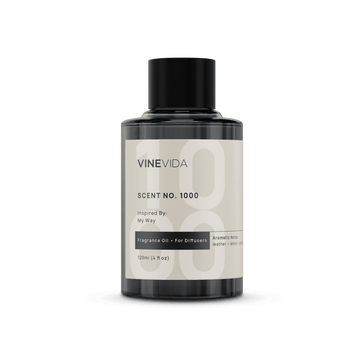For me, one of the most exciting pieces of information to come out of the laboratories in the past few decades, was the discovery that we had a second unknown endocrine system. The endocannabinoid system acts as a kind of volume control for all systems in our body.
The body relies upon the endocannabinoid system to tell it whether to turn levels of things like hormones or neurotransmitters or hormones up or down.
It primarily consists of two cannabinoid receptors, CB1 and CB2, named because they respond and can be modulated by chemical constituents of cannabis.
The CB1 receptor, famous for giving people trippy experiences when exposed to THC in marijuana, also modulates memory, cognition, mood, appetite, nausea, itching and pain. It has many applications, but is fundamentally responsible for the tremendous effects medical marijuana has on veterans suffering from PTSD and cancer pain.
Where CB1 receptors are primarily found in the spinal cord and brainstem, CB2 receptors are found in the periphery, in blood and lymphatic tissues.. They modulate inflammation, immunity and pain.
Frustratingly, research in this area is both slow and highly legislated, for obvious reasons, so to find more mainstream botanicals to help is profoundly important.
We have known for a while that beta caryophyllene is what’s known as a cannabimimetic. Working in the CB2 receptor, it explains some of why oils like copaiba and black pepper are so great for pain, for when we have coughs and colds, or if things get swollen.
Thujone is known to have a weak affinity with the CB1 receptor, but for the most part, it appears in oils we would not want to use, like wormwood, that have neurotoxic properties.
For a long time it looked like there were no clues to ways to easily influence the CB1 receptor.
That was until a team of researchers from Brazil did some experiments with cedarwood in 2018.
Their mouse experiments (not human trials) showed that inhaling cedarwood essential oil may be able to help post operative pain, demonstrating it activates both CB1 and CB2 receptors.
Just think of the ramifications of that!
Now, the study was done with Cedarwood atlantica, so I have emailed the researchers to see if there is anything more they know about specific molecules that might help us understand if all cedarwoods will do the same thing, or if it is just atlantica.
Watch this space...














